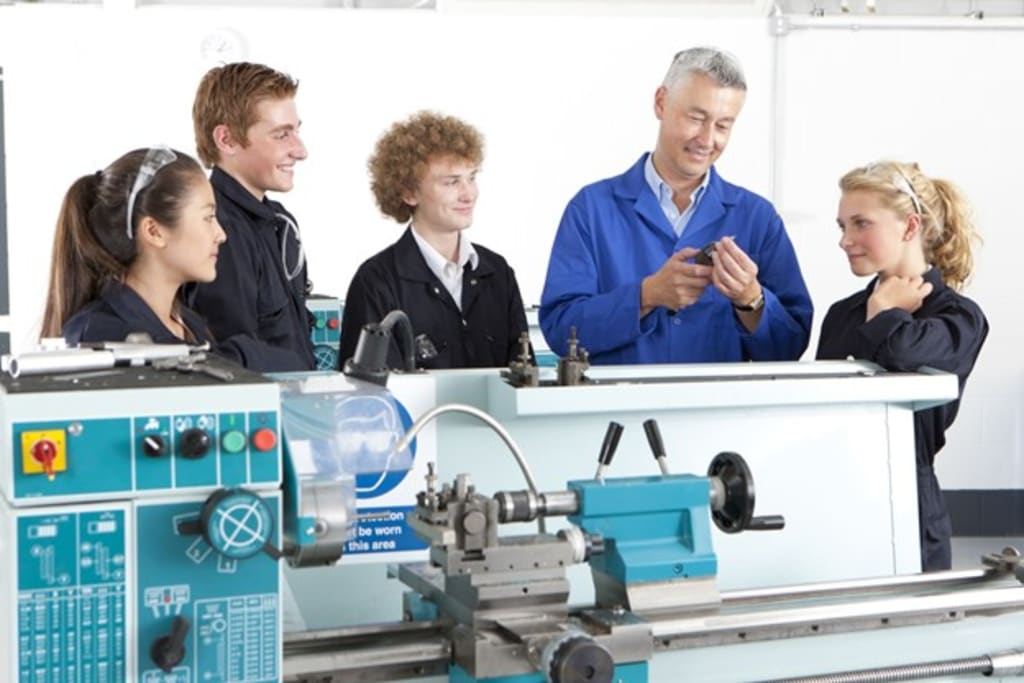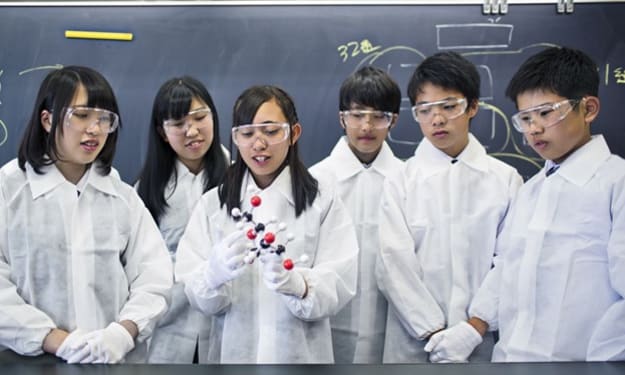What Went Wrong in American Multi_Culturalism
Using Scientific Theory to Repair Race Relations

As we view the fistfights in the streets of American cities, whether Antifa v Proudboys; or Black Lives Matters v Blue Lives Matter; it is clear that America has not yet perfected its Union.
In the past, the easy solution for politicians was always to find some new "feel good" catch phrase to re-describe negative stereotypes. Social and Technological advances only led us to new variations of our old hellish existences; such as the migration of country farmers to inner city factories during the Industrial Age.
Yet the phrase "technological advances" is much more of a reality than a mere capitalistic illusion. In fact, we now have very precise science which we can use in developing our new program to create a unique "American Identity" in a typically separatist world.
As we all end up spending some time in "multi-colored" cities, we may for the first time be introduced to neighbors who didn't look like us; although we wouldn't have migrated to these diverse places unless we had some problems in our homogeneous home towns.
Theoretically, I would point to an ideal world we see that people of any category could potentially all look different yet be on the same level with regards to any relevant criteria.
But that is not the point of this article. Rather, I'm writing this article to publicize existing psychosocial understanding of how an individual becomes a part of a group (i.e. "The American Family"); processes to adopt the individual as an actual member of the group; and also the process to go back and repair errors in to adoption process, in order to constantly improve the relationship of the new member with the pre-existing group. Generally, this topic in the field of Sociology is called "Group Socialization". The precise steps are described in the online Encyclopedia "Wikipedia" below:Stages
Individuals and groups change their evaluations and commitments to each other over time. There is a predictable sequence of stages that occur in order for an individual to transition through a group; investigation, socialization, maintenance, resocialization, and remembrance. During each stage, the individual and the group evaluate each other which leads to an increase or decrease in commitment to socialization. This socialization pushes the individual from prospective, new, full, marginal, and ex member.[40]
Stage 1: Investigation This stage is marked by a cautious search for information. The individual compares groups in order to determine which one will fulfill their needs (reconnaissance), while the group estimates the value of the potential member (recruitment). The end of this stage is marked by entry to the group, whereby the group asks the individual to join and they accept the offer.
Stage 2: Socialization Now that the individual has moved from prospective member to new member, they must accept the group's culture. At this stage, the individual accepts the group's norms, values, and perspectives (assimilation), and the group adapts to fit the new member's needs (accommodation). The acceptance transition point is then reached and the individual becomes a full member. However, this transition can be delayed if the individual or the group reacts negatively. For example, the individual may react cautiously or misinterpret other members' reactions if they believe that they will be treated differently as a newcomer.
Stage 3: Maintenance During this stage, the individual and the group negotiate what contribution is expected of members (role negotiation). While many members remain in this stage until the end of their membership, some individuals are not satisfied with their role in the group or fail to meet the group's expectations (divergence).
Stage 4: Resocialization If the divergence point is reached, the former full member takes on the role of a marginal member and must be resocialized. There are two possible outcomes of resocialization: differences are resolved and the individual becomes a full member again (convergence), or the group expels the individual or the individual decides to leave (exit).
Stage 5: Remembrance In this stage, former members reminisce about their memories of the group, and make sense of their recent departure. If the group reaches a consensus on their reasons for departure, conclusions about the overall experience of the group become part of the group's tradition.
So, getting back to the topic of 'Race Relations", we can see that our problems are always related to some imperfection in the steps of "assimilation" or acceptance of the group qualities by the individual, contemporaneous with "accommodation" by the group of the individual's unique qualities.
So are we totally lost if this "hand-shaking" event is imperfect? The answer is No.
As you see in Stage 4 above, when there is a divergence point, the individual needs to be re-socialized into the group. During this time , the individual's status once again be akin to that of a total newcomer to the group.
In todays world, we can clearly see that our pre-existing American Community has torn apart.
Certain members may feel they they weren't properly accepted as a part of the group. That is, the introduction where the individual is offered membership in the group and accepts the offer did not go smoothly.
Here, I have only provided this interpretation of the stages described above to make the point that there is a clear, scientifically accepted process by which an individual can become part of our "American Family". As long as we understand this universal process, we can plan for our futures with the intent to mutually repair our past, rather than continuously remind each other that the relationship went sour.
So, for the future of the Civil Rights movement, I am proposing here that we all agree to the stages quoted here, and think about whether we still have grudges about past and a path for our futures.
The Author is curator of Pistov
About the Creator
Samir M Goradia
Samir Goradia grew up in Queens, New York, and attended The Bronx High School of Science/
He resides in Bakersfield, California, where he is involved in the transition to Commercial Space Travel; and also disaster relief with FEMA.






Comments
There are no comments for this story
Be the first to respond and start the conversation.